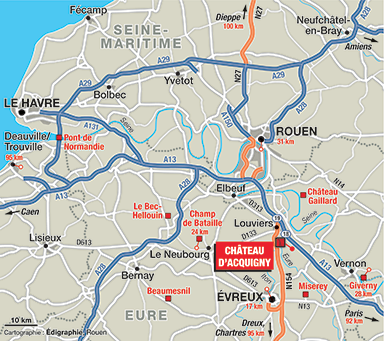Under the Shade of Colossal Trees
- romantical park -
Century-Old Trees
The Kingdom of London Plane trees
The Exotic Trees
While the park highlights the traditional species of the region, plants coming from all of the continents are equally sublime. As the promenade progresses, one can admire trees of unusual size, from the Far East, Central Asia, and America. The two Pagoda Trees (Sophora japonica) given to Monsieur d’Acquigny in 1768 by Jussieu have a particularly remarkable scale, similar to those of the Jardin des Plantes of Paris.
Special attention is also merited by two Swamp Cypress (Taxodium districhum) from Louisiana trees and two Wellingtonia Tree (Sequoiadendron giganteum) coming from America, as well as an Austrian Pine (Pinus nigra), very much in style with the discovery of the mountain where it grows by Jean-Jacques Rousseau.
A Renewed Diversity
Since 1980, the species which had previously disappeared from the park have been systematically replaced, thanks to the memory of the Esneval family. The diversity and vigor of these plants are consistently admired by the park’s visitors. The diverse collection originating from the Far East, Central Asia, Latin, and North America is rediscovered in the following species: Deodar Tree (Cedrus Deodora), Bhutan Pine Tree (Pinus Wallichinia),Chitalpa of Tashkentensis Tree (Chilapsis linearis x Catalpa bignonioides), Indian Bean Tree (Catalpa bignonioides), Katsura Tree (Cercidiphyllum japonicum), Handkerchief Tree (Davidia Involucrata), Black Mulberry Tree (Morus nigra), Japonese Red Cedar Tree (Japanese cryptomeria), Tulip Tree (Lirodendron tulipera), Wellingtonia (Sequoiadendron giganteum), Coast Redwood (Sequoia sempervirens), Honey Locust Tree (Gleditsia triacanthos) and Red Oak Tree (Quercus rubra), Monkey Puzzle Tree (Araucaria araucana) from Chili, Spanish Fir (Abies pinsapo), and more. One will also find trees from the Prehistoric Era, such as the Maidenhair Tree (Ginkgo biloba) or even the Dawn Redwood (Metasequioa glyptostopoides) which were thought to have gone extinct before their rediscovery in China, in 1941. Many species from the region have been reintroduced: the Silver Fir Tree (Abies alba) from Normandy, the True Service Tree (Sorbus domestica), the Medlar Tree (Mespilus germanica), the Dogwood Tree (Cornus mas), and the Wild Service Tree (Sorbus torminalis). Some trees from the Mediterranean zone, which can blossom here in this protected valley, have also been introduced: Albizia Tree (Albizia julibrissin), Stone Pines (Pinus pinea), Holm Oaks (Quercus ilex), Cork Oaks (Quercus suber), Southern Nettle Tree (Celtis australis)…

Information
- EVERYTHING YOU WANT TO KNOW ABOUT THE PARK AND THE GARDENS OF THE CHÂTEAU -

Access
by car
GPS Details : 49.173 ; 1.187
Michelin Road Map, 304 Local, flod G6
A154 : exit Acquigny
A 13 : exit Louviers n°18
Info viamichelin or google maps
by train
Train stations: Evreux, Rouen and Val de Reuil
By bus
From Rouen and Evreux : http://www.vtni27.fr/
Opening hours
From the first Sunday of April to the last Sunday of October :
Weekends and Holidays 2 pm - 6 pm
July 14 to August 31 :
daily from 1 pm to 7 pm
Guided Tour around the Château at 3 pm and 4:30 pm
Plan at least one hour and 45 minutes to enjoy the beauty of the gardens. Two hours and a half is ideal.
You can visit the park and gardens, the “Salon du Midi”, the Orangery and and the cider-press house.














